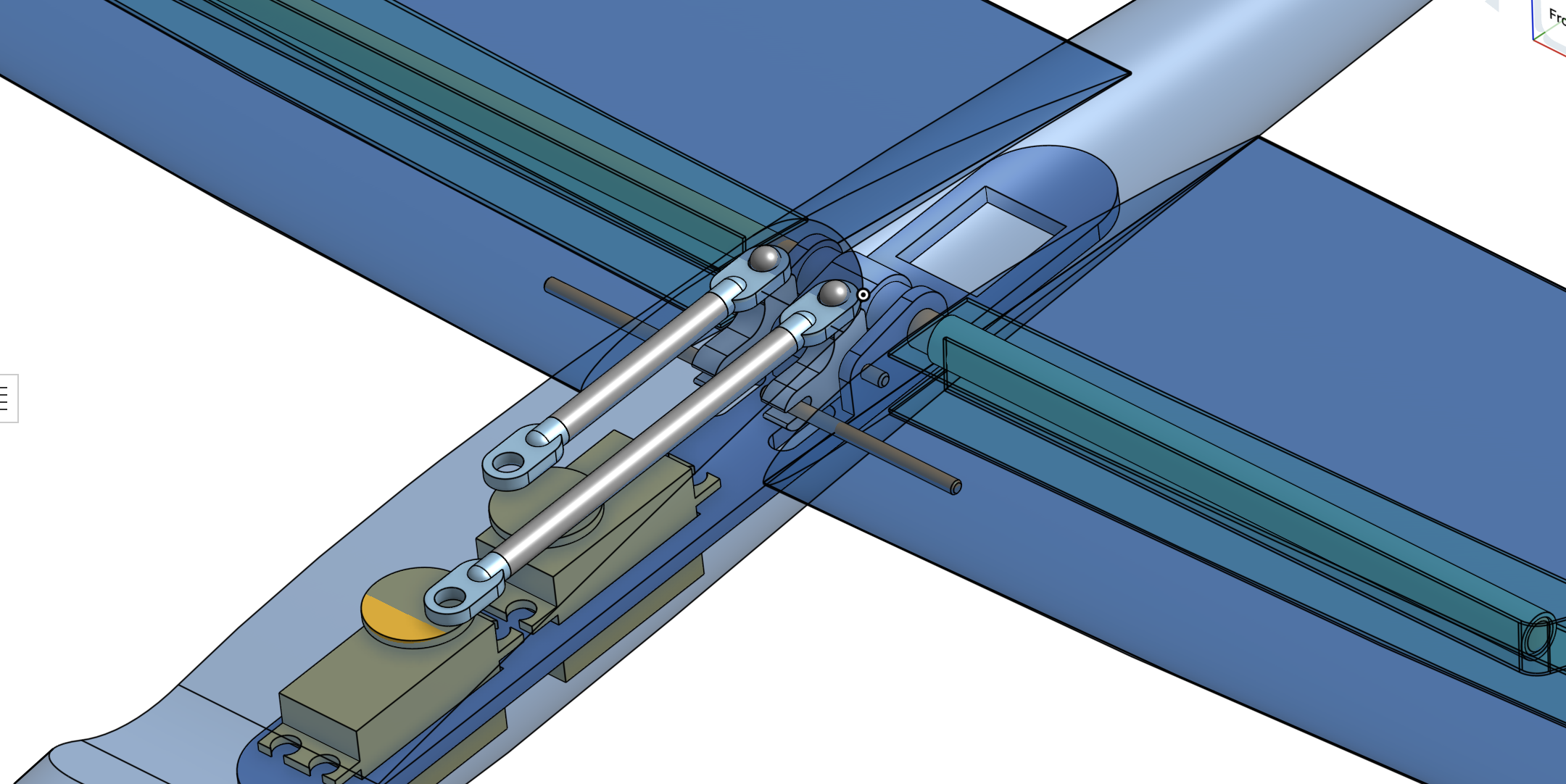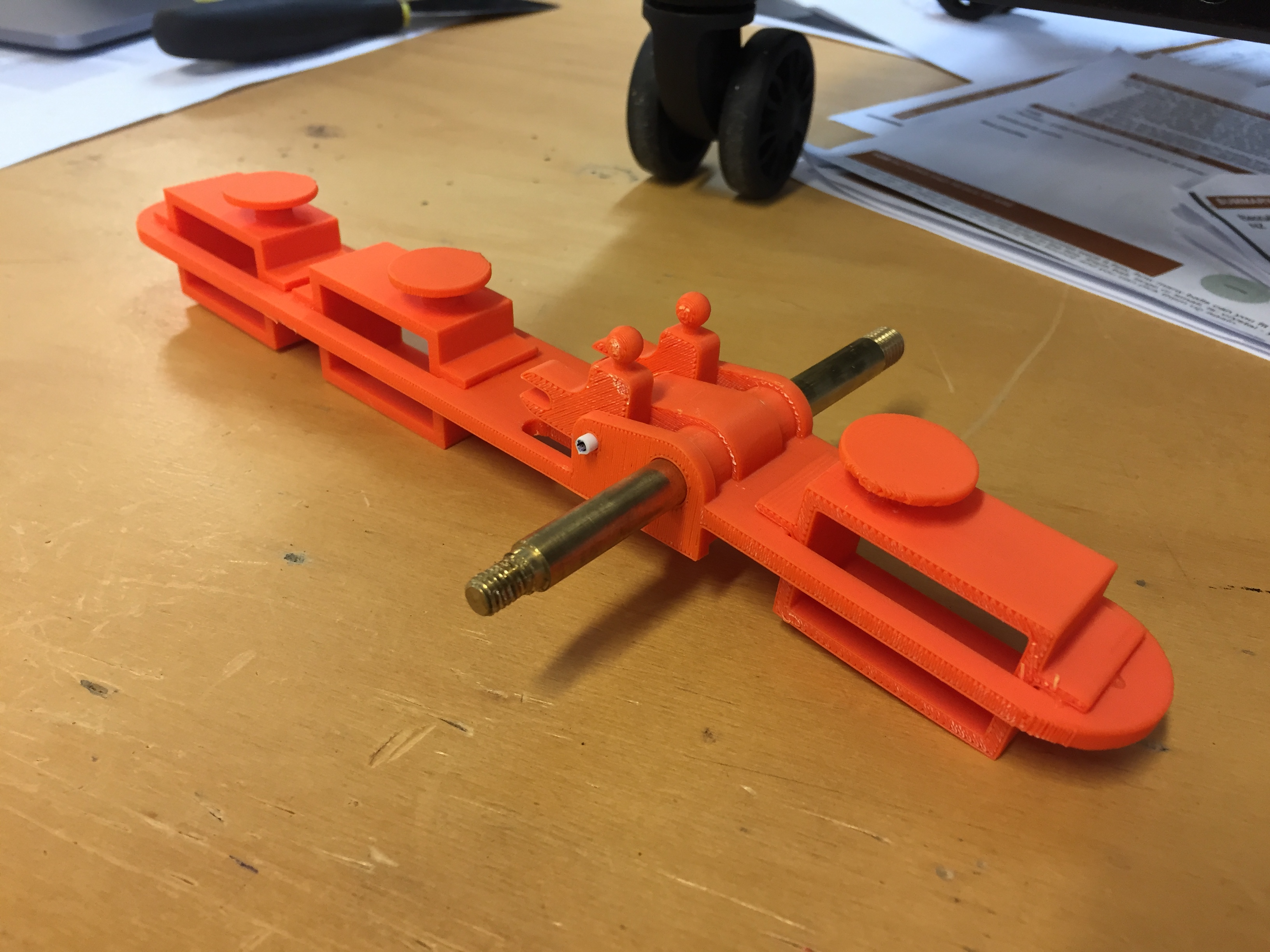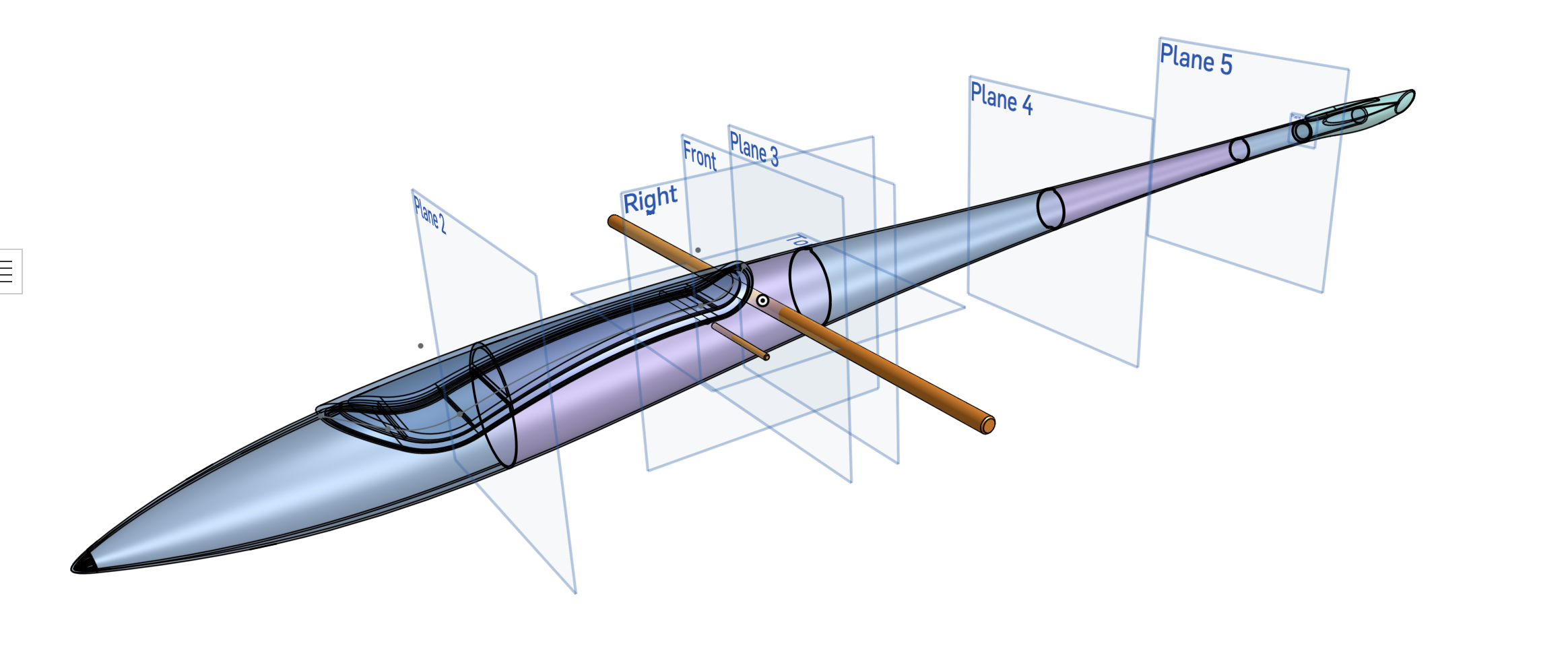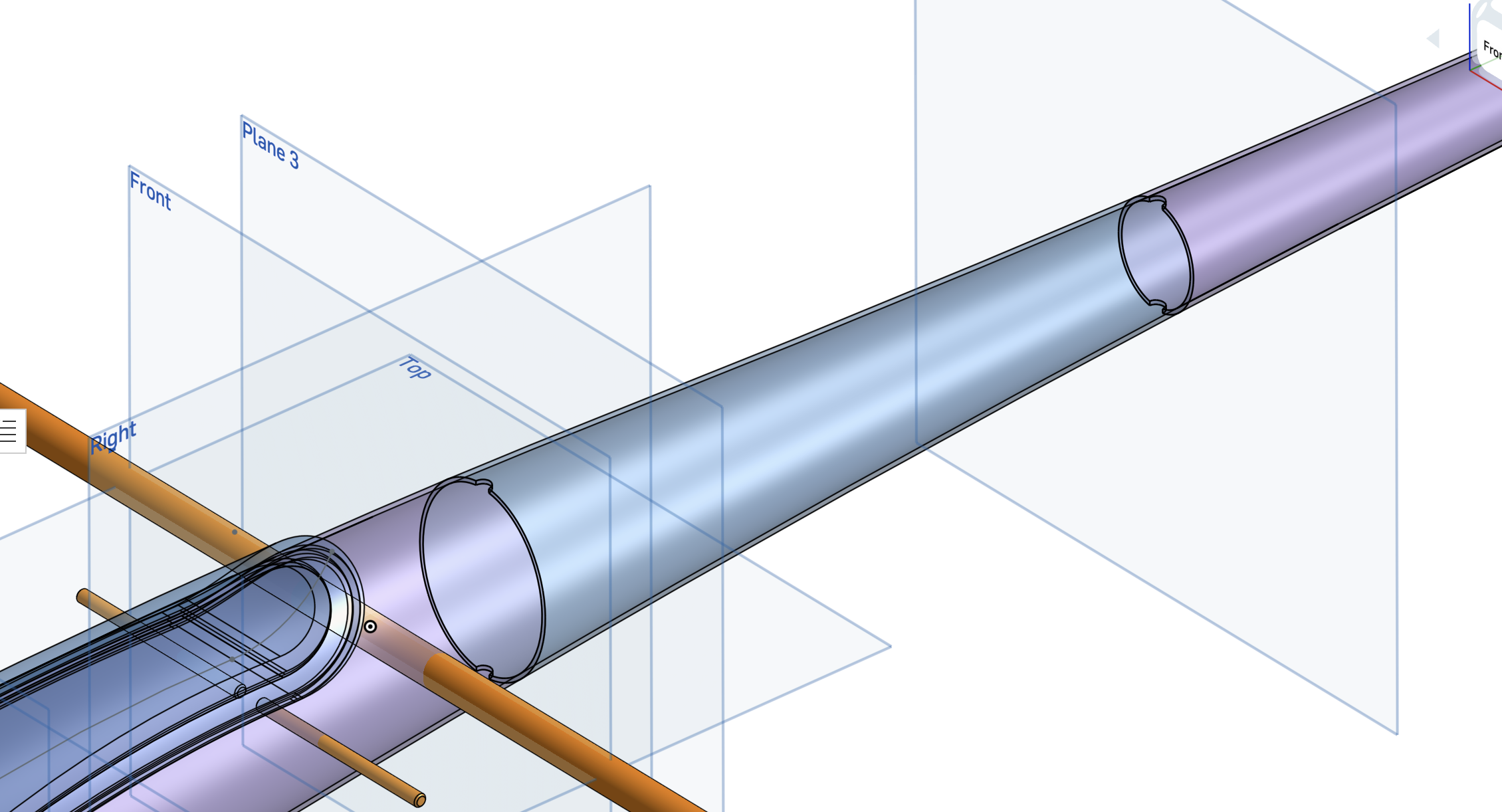Piotrsko
Master member
Well for starters, it is a control surface airfoil like that used on 737 tail feathers. That's probably a plus but maybe meh as a wing. The Google I did says it's quirky. However I'm still betting it stalls before the root airfoil even though at 10% it's thicker than the 7003 at 8.5% and has less camber.
Anybody using that combo, and how successful is it?
Official notice: I 've been wrong before. Lots.
My suggestion: swap them and use it at the root.
Anybody using that combo, and how successful is it?
Official notice: I 've been wrong before. Lots.
My suggestion: swap them and use it at the root.
























